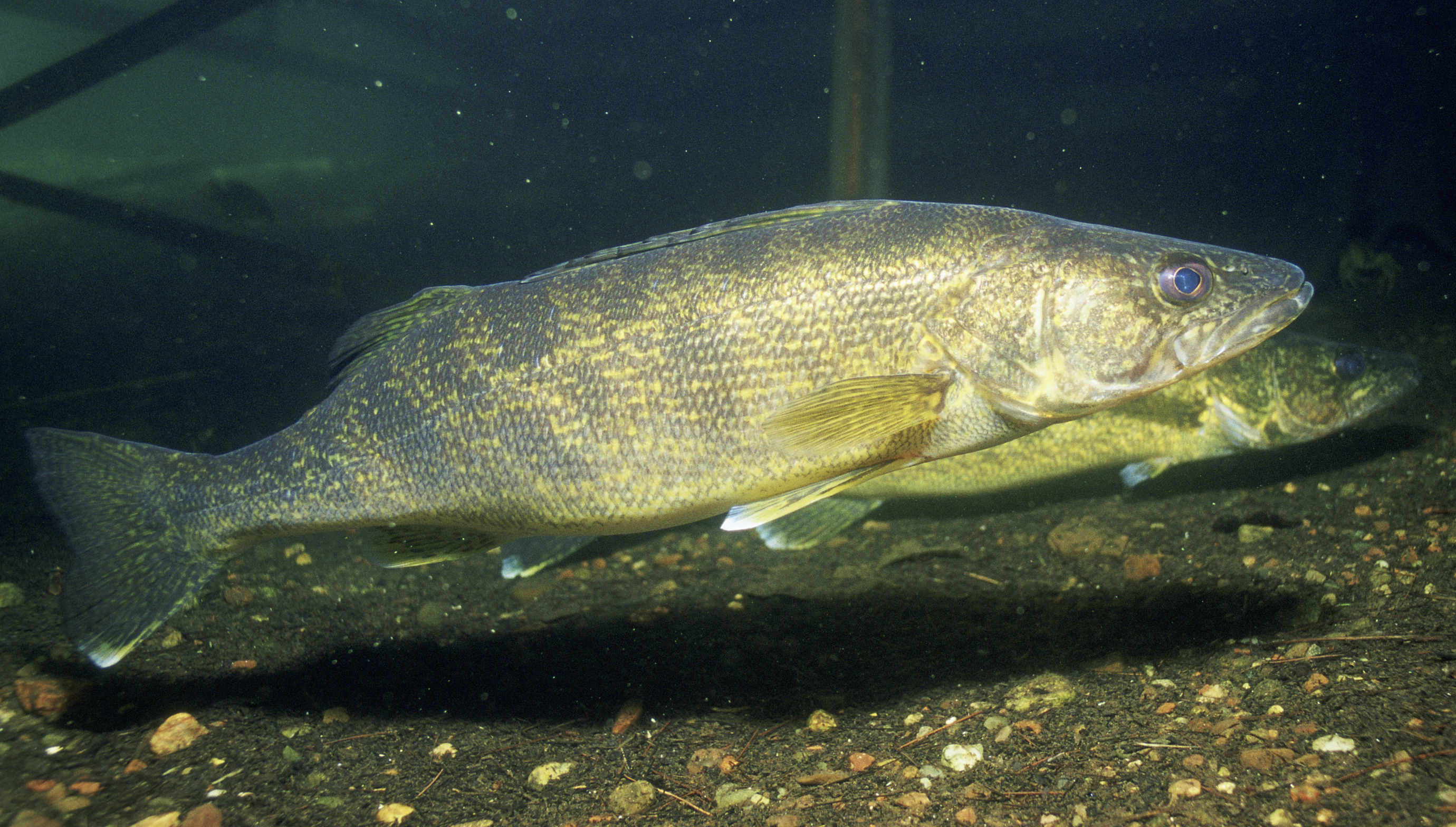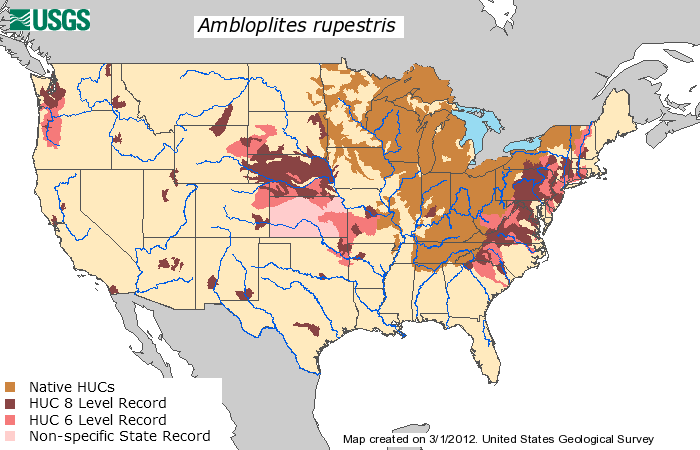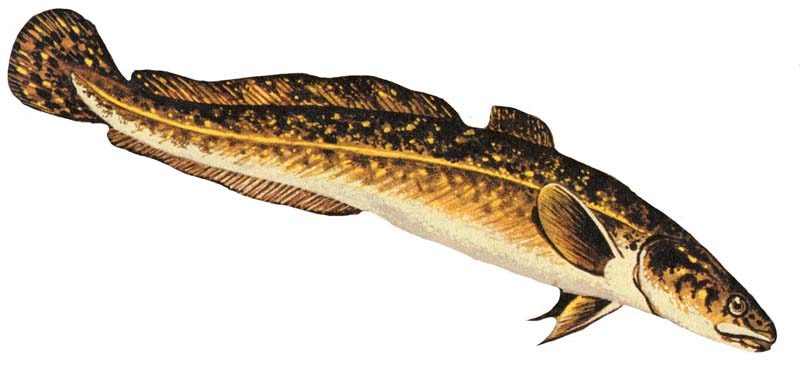|
Round Lake (Saskatchewan)
Round Lake is the last part of a chain of eutrophic prairie lakes connected by the Qu'Appelle River in the Canadian province of Saskatchewan. The lakes were formed by glaciation about 10,000 years ago. The lake harbours recreational activities including camping, boating, and fishing. Cabins can be rented or bought along the shores of the lake. Camping is provided at Bird's Point Resort and West End. Other camps include Camp O'Neill and Camp McKay. Access to the lake is provided by Highway 247. Crooked Lake Provincial Park and Crooked Lake are west. A scenic viewpoint, located north of the lake and highway, provides a view of the lake. Fish species Fish species found in round include walleye, yellow perch, northern pike, white sucker, longnose sucker, black bullhead, channel catfish, cisco, mooneye, bigmouth buffalo, burbot, common carp, and rock bass. See also * List of lakes of Saskatchewan This is a list of lakes of Saskatchewan, a province of Ca ... [...More Info...] [...Related Items...] OR: [Wikipedia] [Google] [Baidu] |
Saskatchewan
Saskatchewan is a Provinces and territories of Canada, province in Western Canada. It is bordered on the west by Alberta, on the north by the Northwest Territories, on the east by Manitoba, to the northeast by Nunavut, and to the south by the United States (Montana and North Dakota). Saskatchewan and neighbouring Alberta are the only landlocked provinces of Canada. In 2025, Saskatchewan's population was estimated at 1,250,909. Nearly 10% of Saskatchewan's total area of is fresh water, mostly rivers, reservoirs, and List of lakes in Saskatchewan, lakes. Residents live primarily in the southern prairie half of the province, while the northern half is mostly forested and sparsely populated. Roughly half live in the province's largest city, Saskatoon, or the provincial capital, Regina, Saskatchewan, Regina. Other notable cities include Prince Albert, Saskatchewan, Prince Albert, Moose Jaw, Yorkton, Swift Current, North Battleford, Estevan, Weyburn, Melfort, Saskatchewan, Melfort, ... [...More Info...] [...Related Items...] OR: [Wikipedia] [Google] [Baidu] |
Walleye
The walleye (''Sander vitreus'', Synonym (taxonomy), synonym ''Stizostedion vitreum''), also called the walleyed pike, yellow pike, yellow pikeperch or yellow pickerel, is a freshwater perciform fish native to most of Canada and to the Northern United States. It is a North American close relative of the European zander, also known as the pikeperch. The walleye is sometimes called the yellow walleye to distinguish it from the blue walleye, which is a color morph that was once found in the southern Ontario and Quebec regions, but is now presumed extinct. However, recent genetic analysis of a preserved (frozen) 'blue walleye' sample suggests that the blue and yellow walleye were simply phenotypes within the same species and do not merit separate taxonomic classification. In parts of its range in English-speaking Canada, the walleye is known as a pickerel, though the fish is not related to the true Esox, pickerels, which are members of the family ''Esocidae''. It is also sometimes c ... [...More Info...] [...Related Items...] OR: [Wikipedia] [Google] [Baidu] |
Rock Bass
The rock bass (''Ambloplites rupestris''), also known as the rock perch, goggle-eye, red eye, and black perch, is a freshwater fish native to east-central North America. This red-eyed fish is a species of freshwater fish in the sunfish family (biology), family (Centrarchidae) of order (biology), order Centrarchiformes and can be distinguished from other similar species by the six spines in the anal fin (other sunfish have only three anal fin spines). Distribution Rock bass are native to the St Lawrence River and Great Lakes system, the upper and middle Mississippi River basin in North America from Québec to Saskatchewan in the north down to Missouri and Arkansas, south to the Savannah River, and throughout the eastern U.S. from New York (state), New York through Kentucky and Tennessee to the northern portions of Alabama and Georgia (U.S. state), Georgia and Florida in the south. The rock bass has also been found in the Nueces River system in Texas. A population introduced to th ... [...More Info...] [...Related Items...] OR: [Wikipedia] [Google] [Baidu] |
Common Carp
The common carp (''Cyprinus carpio''), also known as European carp, Eurasian carp, or simply carp, is a widespread freshwater fish of eutrophic waters in lakes and large rivers in Europe and Asia.Fishbase''Cyprinus carpio'' Linnaeus, 1758/ref>Arkive The native wild populations are considered Vulnerable species, vulnerable to extinction by the International Union for Conservation of Nature (IUCN), but the species has also been Domestication, domesticated and Introduced species, introduced (see aquaculture) into environments worldwide, and is often considered a destructive invasive species, being included in the list of the world's 100 worst invasive species. It gives its name to the carp family, Cyprinidae. Taxonomy The type subspecies is ''Cyprinus carpio carpio'', native to much of Europe (notably the Danube and Volga Rivers).Jian Feng Zhou, Qing Jiang Wu, Yu Zhen Ye & Jin Gou Tong (2003). Genetic divergence between ''Cyprinus carpio carpio'' and ''Cyprinus carpio haematopterus' ... [...More Info...] [...Related Items...] OR: [Wikipedia] [Google] [Baidu] |
Burbot
The burbot (''Lota lota''), also known as bubbot, mariah, loche, cusk, freshwater cod, freshwater ling, freshwater cusk, the lawyer, coney-fish, lingcod, or eelpout, is a species of coldwater ray-finned fish native to the subarctic regions of the Northern hemisphere. It is the only member of the genus ''Lota'', and is the only freshwater species of the order Gadiformes. The species is closely related to marine fish such as the common ling and cusk, all of which belong to the family Lotidae (rocklings). Etymology The name burbot comes from the Latin word ''barba'', meaning beard, referring to its single chin whisker, or barbel. Its generic and specific names, ''Lota lota'', comes from the old French ''lotte'' fish, which is also named "barbot" in Old French. Description With an appearance like a cross between a catfish and an eel, the burbot has a serpent-like body, but is easily distinguished by a single barbel on the chin. The body is elongated and laterally compress ... [...More Info...] [...Related Items...] OR: [Wikipedia] [Google] [Baidu] |
Bigmouth Buffalo
The bigmouth buffalo (''Ictiobus cyprinellus'') is a fish native to North America that is in decline. It is the largest North American species in the Catostomidae or "sucker" family, and is one of the List of longest-living organisms, longest-lived and latest-maturing freshwater fishes, capable of living 127 years and reproducing infrequently. Even at a century old they show no age-related declines, but instead improvements relative to younger individuals, making this species a biological marvel. It is commonly called the marblehead, redmouth buffalo, buffalofish, bernard buffalo, or roundhead. The bigmouth buffalo is not a carp, nor is any other fish in the sucker family. Although they share the same Order (biology), order, each belong to different suborders and are native to separate continents. The bigmouth buffalo is typically a brownish olive color with dusky fins, but can vary greatly in color across individuals including melanistic, golden, and even xanthic color morphs. Bi ... [...More Info...] [...Related Items...] OR: [Wikipedia] [Google] [Baidu] |
Mooneye
Hiodontidae, commonly called mooneyes, is a family of ray-finned fish with a single included genus ''Hiodon''. The genus comprise two extant species native to North America and three to five extinct species recorded from Paleocene to Eocene age fossils. They are large-eyed, fork-tailed fish that superficially resemble shads. The vernacular name comes from the metallic shine of their eyes. The higher classification of the mooneyes is not yet fully established. Some sources have place them in their own order, Hiodontiformes, while others retain them in the order Osteoglossiformes. Species *''Hiodon alosoides'' (Rafinesque, 1819) The goldeye, ''Hiodon alosoides'', is widespread across eastern North America, and is notable for a conspicuous golden iris in the eyes. It prefers turbid slower-moving waters of lakes and rivers, where it feeds on a wide variety of organisms including insects, crustaceans, small fish, and mollusks. The fish has been reported up to in length. *†''H ... [...More Info...] [...Related Items...] OR: [Wikipedia] [Google] [Baidu] |
Cisco (fish)
The ciscoes (or ''ciscos'') are salmonid fish that differ from other members of the genus ''Coregonus'' in having upper and lower jaws of approximately equal length and high gill raker counts. These species have been the focus of much study recently, as researchers have sought to determine the relationships among species that appear to have evolved very recently. ''Cisco'' is also specifically used for the North American species ''Coregonus artedi'', also known as lake herring. In previous taxonomic classifications, the ciscoes have been identified as a subgenus ''Leucichthys'' of the genus ''Coregonus''. Based on molecular data this is not a natural classification however, as the ciscoes are polyphyletic, comprising two different lineages within the freshwater whitefishes.Bernatchez L, Colombani F, Dodson JJ (1991Phylogenetic relationships among the subfamily Coregoninae as revealed by mitochondrial DNA restriction analysis''Journal of Fish Biology 39 (Suppl A):283-290. Contine ... [...More Info...] [...Related Items...] OR: [Wikipedia] [Google] [Baidu] |
Channel Catfish
The channel catfish (''Ictalurus punctatus''), known informally as the "channel cat", is a species of catfish native to North America. They are North America's most abundant catfish species, and the official state fish of Kansas, Missouri, Nebraska and Tennessee. The channel catfish is the most fished species of catfish in the United States, with around 8 million anglers angling them per year. The popularity of channel catfish for food has contributed to the rapid expansion of this species' aquaculture in the United States. It has also been widely introduced to Europe, Asia and South America, and many countries consider it an invasive species. Evolution The channel catfish appears to be a rather old species that has persisted for nearly 20 million years, as fossil remains assigned to it are abundant in numerous geological formations of central North America from the Miocene onwards. Fossil remains of the channel catfish are known from the Sheep Creek, Runningwater, Valentin ... [...More Info...] [...Related Items...] OR: [Wikipedia] [Google] [Baidu] |
Black Bullhead
The black bullhead or black bullhead catfish (''Ameiurus melas'') is a species of Ameiurus, bullhead catfish. Like other bullhead catfish, it has the ability to thrive in waters that are low in oxygen, brackish, turbid, and/or very warm. It also has barbels located near its mouth, a broad head, spiny fins, and no scales. It can be identified from other bullheads as the barbels are black, and it has a tan crescent around the tail. Its caudal fin is truncated (squared off at the corners). Like virtually all catfish, it is nocturnal, preferring to feed at night, although young feed during the day. It generally does not get as large as the channel catfish, channel or blue catfish, with average adult weights are in the range, and almost never as large as . It has a typical length of , with the largest specimen being , making it the largest of the bullheads. It is typically black or dark brown on the dorsal side of its body and yellow or white on the ventral side. Like most of the bu ... [...More Info...] [...Related Items...] OR: [Wikipedia] [Google] [Baidu] |
Longnose Sucker
The longnose sucker (''Catostomus catostomus'') is a species of cypriniform freshwater fish in the family Catostomidae. It is native to North America from the northern United States to the top of the continent. It is also found in Russia in rivers of eastern Siberia, and this one of only two species of sucker native to Asia (the other is the Chinese '' Myxocyprinus asiaticus''). Description The body of the longnose sucker is long and round with dark olive or grey sides and top and a light underside. They are up to in total length and weigh up to . Longnose suckers are easily confused with white suckers (''Catostomus commersoni''), which appear very similar. However, longnose suckers can be distinguished by their comparatively finer scales. The longnose sucker is distinctive for its physical characteristics. First, the longnose sucker, as the name suggests, has an elongated snout which helps to distinguish the species from other suckers. The elongated snout can be 1/3 of t ... [...More Info...] [...Related Items...] OR: [Wikipedia] [Google] [Baidu] |
White Sucker
The white sucker (''Catostomus commersonii'') is a species of freshwater cypriniform fish inhabiting the upper Midwest and Northeast in North America, but it is also found as far south as Georgia and as far west as New Mexico. The fish is commonly known as a "sucker" due to its fleshy, papillose lips that suck up organic matter and '' aufwuchs'' from the bottom of rivers and streams. Other common names for the white sucker include bay fish, brook sucker, common sucker, and mullet. The white sucker is often confused with the longnose sucker (''C. catostomus''), because they look very similar. Etymology The specific name, ''commersonii'', is in honor of French naturalist Philibert Commerson. Description The white sucker is a long, round-bodied fish with a dark green, grey, copper, brown, or black back and sides and a light underbelly. The fish also has typical features of primitive Cypriniformes fishes, such as a homocercal tail, cycloid scales, and dorsal, pectoral, and pelv ... [...More Info...] [...Related Items...] OR: [Wikipedia] [Google] [Baidu] |






